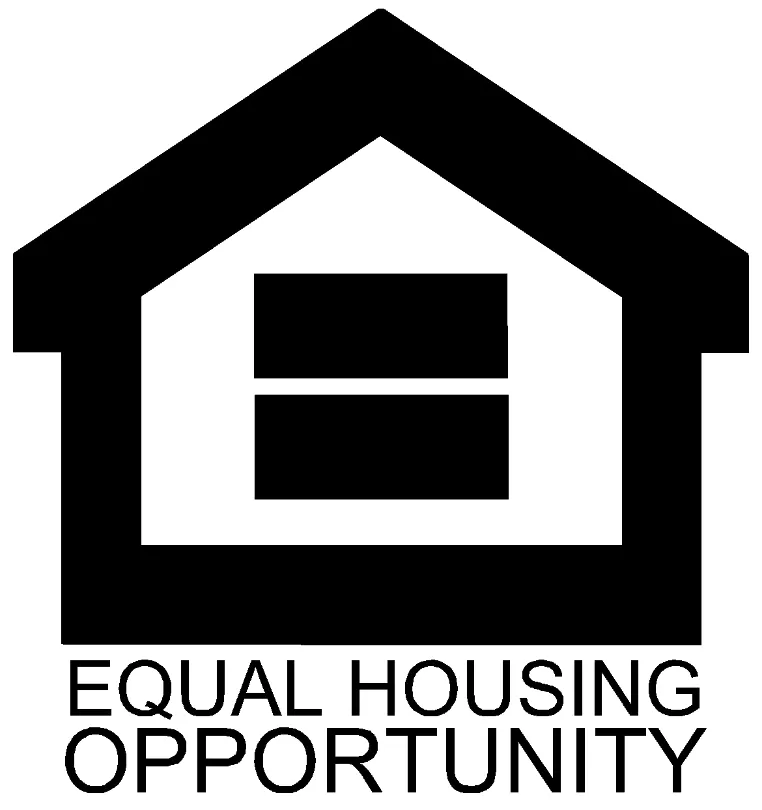Mortgage Rate Types
Fixed Rate
A fixed interest rate is an interest rate on a loan or financial product that remains constant throughout the entire term of the loan or investment. This means that the rate does not change, providing borrowers and investors with predictability and stability in their monthly payments or returns over time. Fixed interest rates are commonly used in mortgages, personal loans, and savings accounts.

Adjustable Rate
An adjustable rate, also known as a variable rate, is an interest rate on a loan or financial product that can fluctuate over time based on changes in an underlying benchmark or index, such as the Secured Overnight Financing Rate (SOFR) or the Constant Maturity Treasury (CMT) rate. Unlike a fixed interest rate, which remains constant, an adjustable rate can rise or fall periodically, potentially affecting the borrower's monthly payments or the investor's returns. Adjustable rate loans often have an initial fixed period followed by periodic adjustments based on market conditions.

Interest Only Payment
An interest-only mortgage payment is a type of loan repayment structure where the borrower is only required to pay the interest accrued on the loan for a specified period, typically the initial years of the loan term. During this period, the borrower does not pay down the principal balance of the loan. As a result, the monthly payments are lower than those of a traditional mortgage with principal and interest payments. However, once the interest-only period ends, the borrower must begin making payments that include both principal and interest, which can significantly increase the monthly payment amount. Interest-only mortgages can be advantageous for borrowers who require lower initial payments but should be approached with caution as they may result in higher payments later in the loan term and potentially leave the borrower with a larger outstanding balance.

Graduated Payments
Graduated payments refer to a type of loan repayment plan where the payments start lower and gradually increase over time. In the context of mortgages, graduated payments typically involve initial payments that are lower than what would be required with a traditional fixed-rate mortgage. Then, the payments increase at predetermined intervals, such as annually or biennially, until they reach a predetermined maximum amount. This type of repayment plan may be suitable for borrowers who expect their income to increase over time or who want lower initial payments with the ability to manage higher payments in the future.

2 1 Buy Down
A 2-1 buydown is a type of mortgage financing arrangement where the interest rate is temporarily reduced for the first two years of the loan term and then increases to a predetermined level for the remainder of the loan term. In this arrangement, the borrower pays an upfront fee to the lender, which is used to buy down the interest rate for the initial period. The reduced interest rate typically results in lower monthly mortgage payments during the initial two years. After this period, the interest rate increases to a predetermined level, and the monthly payments adjust accordingly for the remaining term of the loan.2-1 buydowns are often used by homebuyers who want lower initial payments or who anticipate an increase in income in the future. They provide temporary relief from higher payments at the beginning of the loan term, allowing borrowers to adjust financially before the full monthly payments kick in.


Christopher Call
Mortgage Expert
NMLS 2498034
CO 100537234
720-491-1213
Get a personalized and successful home loan approval experience
See how much you qualify for in 60 seconds or less.
Powered by Red Rocks RealEstate Lending
NMLS 2661672

